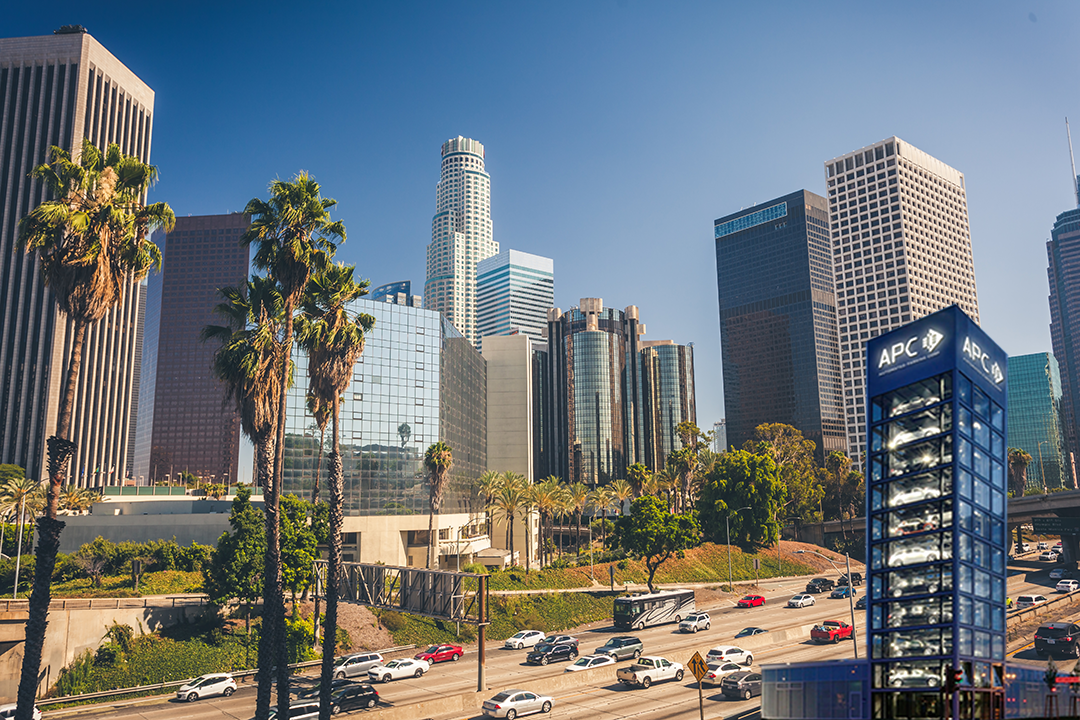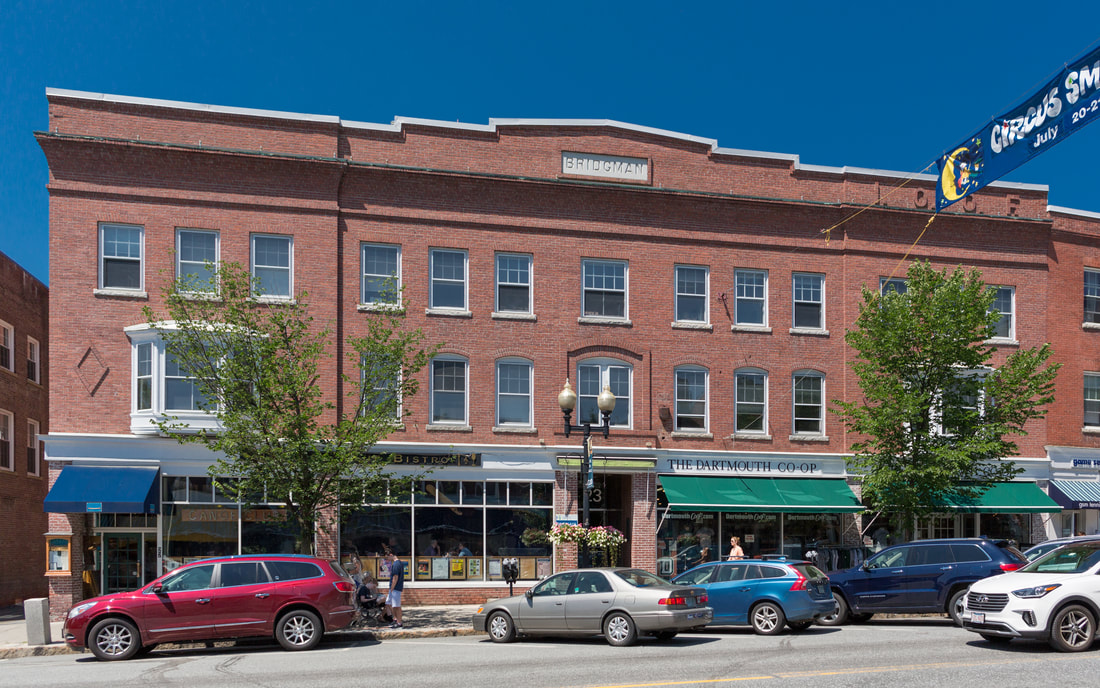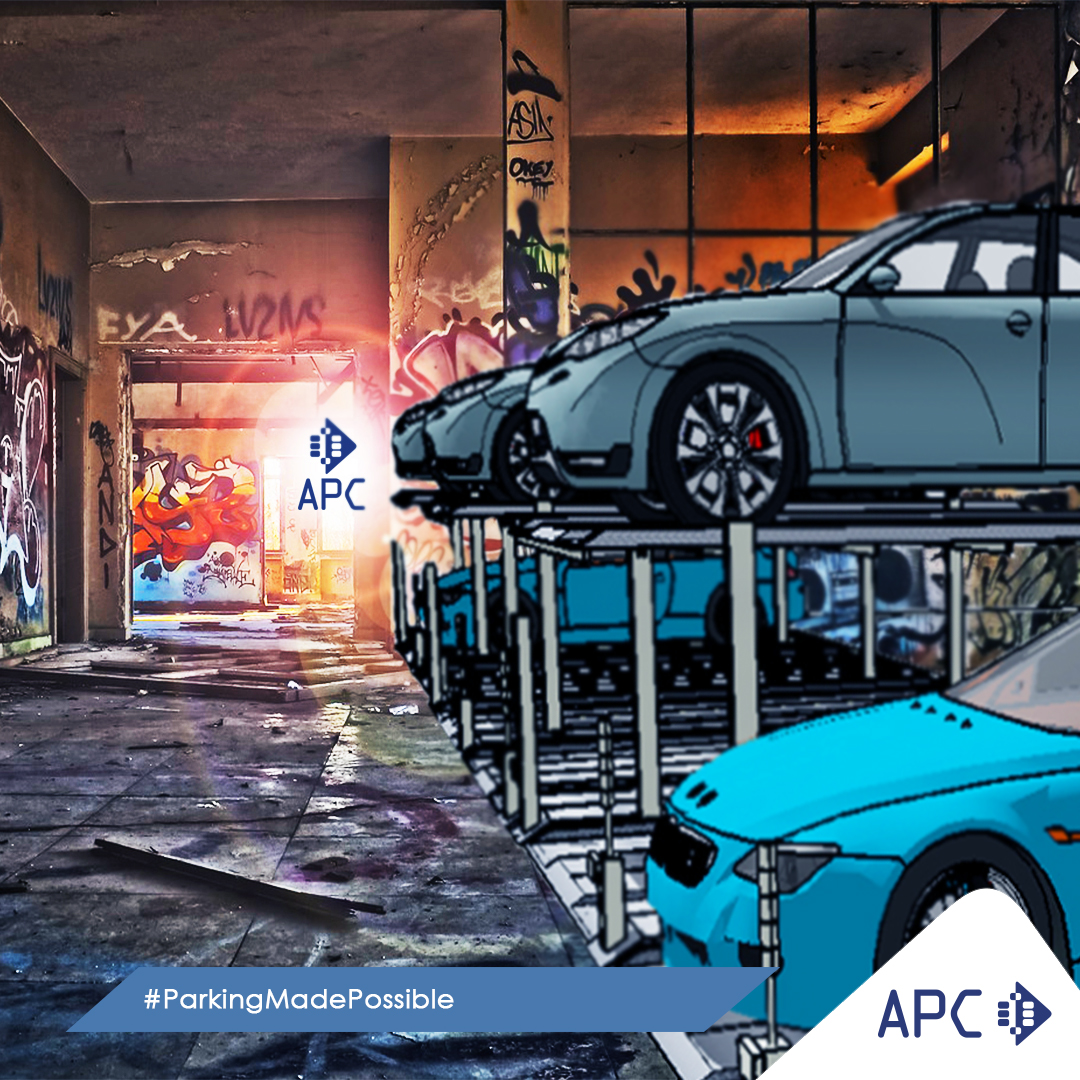
Automation, Smart Technology and Parking
July 8, 2019
L.A. Considers Lifting Parking Requirements, What Does This Mean for Developers and Residents?
August 12, 2019History allows us to understand our past, make sense of our present and predict the future so we can make better choices. Technology, on the other hand, provides the tools, gadgets and resources that help us control and adapt to our current environment, improve our quality of life and increase our chances of survival.
Demolishing a historic building may very well mean destroying an important piece of our own DNA as a society. Considering this fact, how can we reconcile the needs of historic preservation with current urban and economic development demands? How can communities thrive and progress in the present and still protect their patrimony? As with many other quagmires, technology may be the answer.
When technology comes into play, achieving this vital balance between preservation, density, urbanization, economic growth, and regulation become a more attainable goal.

When it comes to parking (the most dreaded enemy of decorous land use) versatility is key; however, versatility is not exactly a notorious quality of conventional parking methods. So, what to do? Is new parking technology the answer? It may be, let’s look at this parking solution application that turned an apparently impossible building expansion into a feasible historic preservation project.



The expansion of the 150-year-old Bridgman Building located in the core of the historic district of the City of Hanover (just yards from the iconic Dartmouth College) is a living example of how innovative parking solutions may turn an impossible development into a feasible project. The proposed Automated Parking solution not only allowed the developer and the architect to build 30,000 Sq.Ft. of office space in what used to be the building’s tiny parking lot, but also allowed for an automated parking structure able to park 38 vehicles in the space of nine, all without even touching the original 150-year-old structure. How is this possible? You know it: technology.
Automated Parking solutions are flexible, way more flexible that their concrete ramp and surface lot counterparts, opening a whole new set of possibilities for architects, developers, urbanists and city planners to design more eye-pleasing structures, increase income-producing square footage to propel economic development, provide more amenities and green spaces, make cities more walkable and still comply with current parking regulations and requirements; after all, Automated Parking solutions were specifically created and engineered to optimize land use by dramatically reducing the space devoted to parking while offering the same (and in some cases even more) parking capacity.

In addition to their space-saving superpower, Automated Parking solutions dramatically contribute to the reduction of vehicle emissions, are a lot more energy-efficient, are safer for people and property, have the potential to reduce traffic congestion and stress related to finding parking and are intrinsically integrate with smart city, IoT, walkability and mobility concepts; so why are they not widely used in the United States?
Although widely used in other latitudes of the world for decades and decades, in the United States the Automated Parking Industry is starting to bud. Like any other technological advancement, Automated Parking in the U.S. is currently going through a common period known as the “learning curve”; which refers to the time needed for individuals or groups to learn and to adapt to new technology. Remember when elevators just came out and people were terrified of boarding them? It takes pioneering minds and spirits like Automated Parking Corporation, Connecticut River Capital and UK Architects to take the US to the new parking era.
This is where technology and history combine. We have learned from our past that an unlimited amount of land has brought us to make poor urban decisions, we understand that a mind-shift is absolutely necessary in terms of urban and economic development, we know that there are tried, tested and proven technologies out there to improve the way we look at parking and plan the urban landscape; now we have to assess how we want to proceed in the future.
In the meantime, Automated Parking technology has preserved the 150-year-old historic Bridgman building while still giving it a second life; Automated Parking technology has provided a platform for new forms of economic development in the core of the city’s downtown, and Automated Parking technology has provided the answer to an impossible project. This is merely an example of how we can continue to create smart cities and preserve our history for future communities to appreciate.
This is merely an example of how we can continue to create smart cities and preserve our history for future communities to appreciate.




